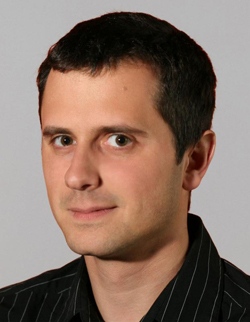A fundamental problem in robotics is to characterize the kinematics of the robotic mechanism, i.e. to infer the relationship between the joint configuration and the position of the end-effector of the robot, typically the gripper. Motions of robotics mechanisms, essentially composed by rigid links connected by joints, are often characterized using the group of rigid body motions SE(3). Exploiting Lie algebra properties, kinematics problems can be formulated as systems of polynomial equations that can be solved using algebraic geometry tools. Algebraic geometry can further be used to study the dynamics properties of robotics mechanisms, i.e. the effect of forces and torques on the robot motions. The goal of this minisymposium is to show the practical interest of algebraic geometry to analyze and control kinematic and dynamic motions of robotic systems in various applications such as solving inverse kinematic and dynamic problems, tracking manipulability ellipsoids or analyzing robots workspace. Furthermore, this minisymposium aims at bringing together mathematicians and roboticists to discuss further challenges in robotics involving application and development of algebraic geometry tools.
Invited Speakers
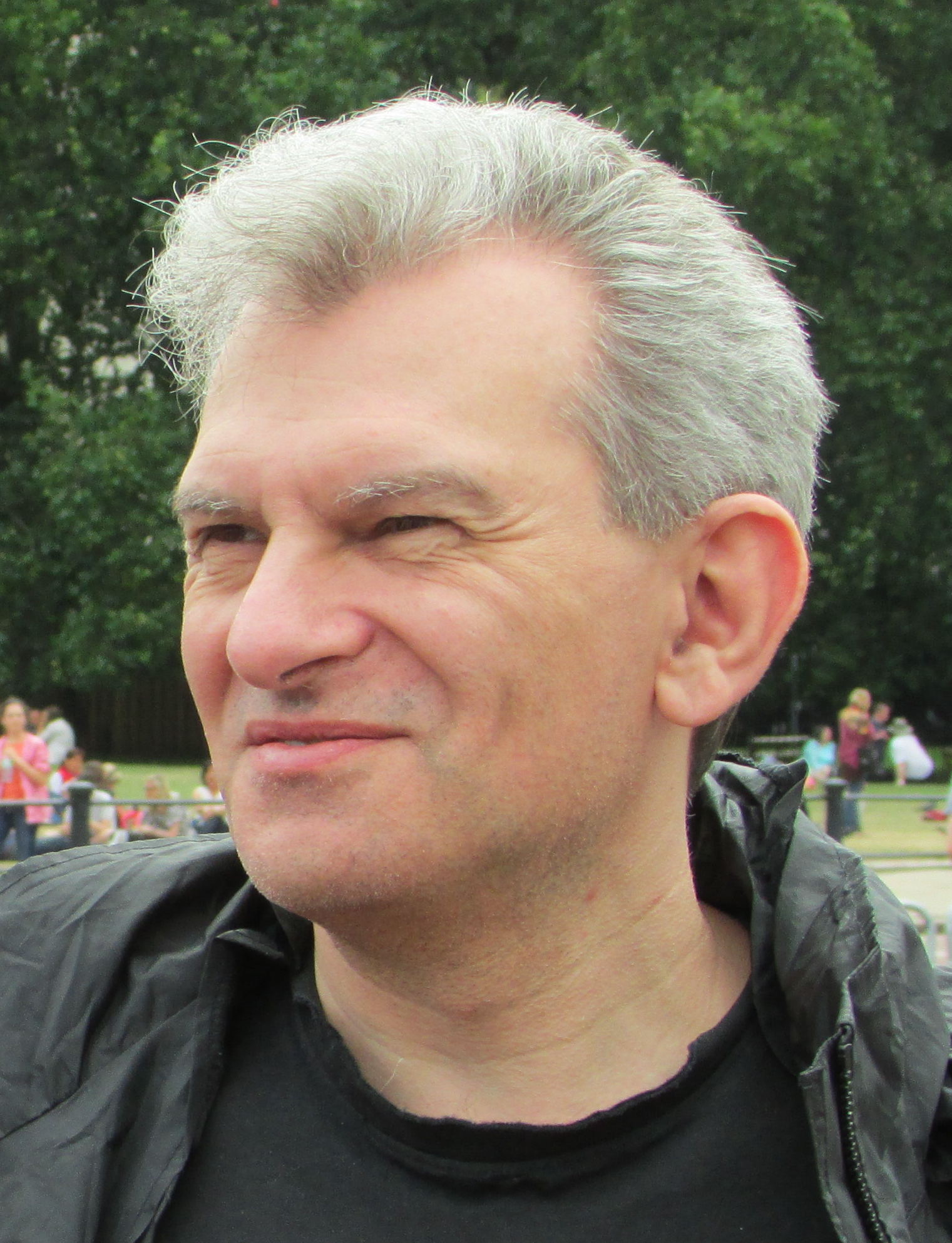
Prof. Jon Selig (London South Bank University, UK)
Jon Selig graduated from the University of York, with a BSc in Physics in 1980. He went on to study in the Department of Applied Mathematics and Theoretical Physics at the University of Liverpool and was awarded a PhD in 1984. From 1984 to 1987 he was a postdoctoral research fellow in the design discipline of the Open University, studying robot gripping. He joined the Department of Electrical and Electronic Engineering at South Bank Polytechnic in 1987. In 1992 the Polytechnic became a University, and in 1999 he transferred to the School of Computing, Information Systems and Mathematics. In 2008 this school became part of the Faculty of Business, and in 2015 he transferred to the School of Engineering. Jon's research interests can be summarised as the applications of modern geometry to problems in robotics.
Shivesh Kumar (DFKI Bremen, Germany)
Shivesh Kumar is a researcher in the Robot Control team at the DFKI Robotics Innovation Center, Bremen. He obtained his Masters degree in Control Engineering, Robotics, and Applied Informatics with specialization in Advanced Robotics from Ecole Centrale de Nantes, France in 2015. He was also an Erasmus Mundus HERITAGE scholar there. Priorly, he holds a Bachelor in Technology degree in Mechanical Engineering from National Institute of Technology Karnataka, India in 2013. His research interests spans kinematics, dynamics and control of serial, parallel and hybrid robots with applications in the fields of exoskeletons, humanoids, rehabilitation and industrial automation.
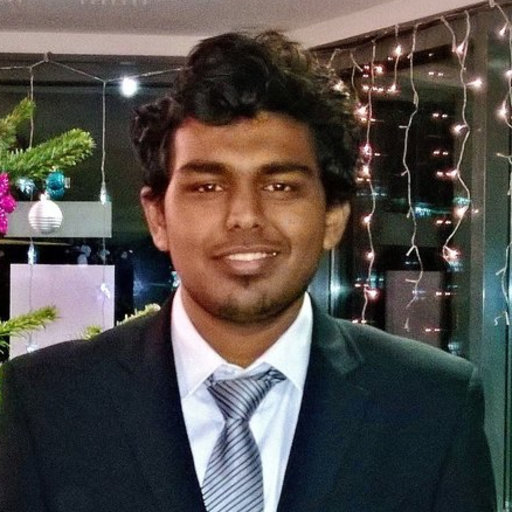
Prof. Andreas Müller (Johannes Kepler University, Austria)
Andreas Mueller is full professor and head of the Institute of Robotic at the Johannes Kepler University Linz, Austria. Prior appointments include positions as researcher University Duisburg-Essen, Germany and at the Institute of Mechatronics, Chemnitz, Germany (also deputy CEO) and as associate professor at the Michigan University – Jiao Tong University Joint Institute in Shanghai. His research interests include geometric approaches to the modeling and analysis of robotic systems that shall allow better understand their mobility and singularities. Part of this research aims at tailored modular dynamics modeling combining Lie group theory with algebraic geometry. He served as associate editor for various journals including IEEE Transactions on Robotics, IEEE Robotics and Automation Letters, ASME Journal of Mechanisms and Robotics, Meccanica, Mechanism and Machine Theory, Mechanical Sciences.
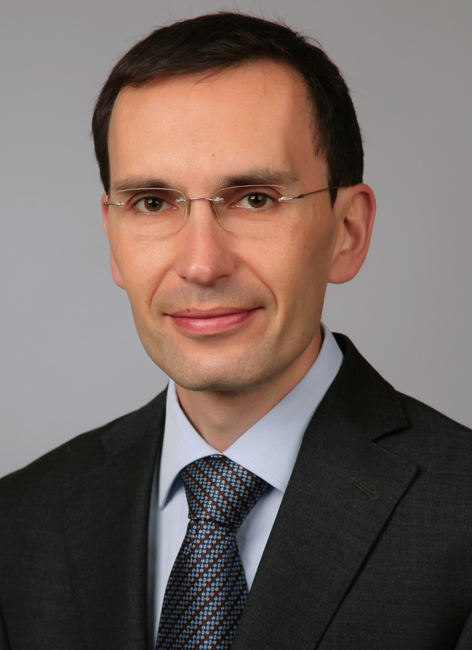
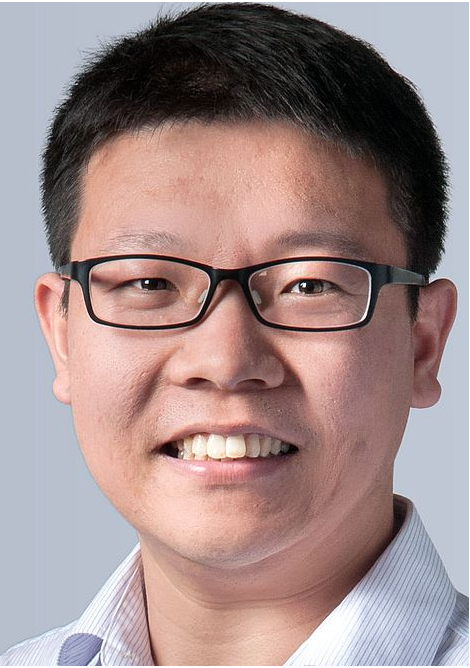
Dr. Zijia Li (Johannes Kepler University, Austria)
Zijia Li is currently a PostDoc at Research Institute for Symbolic Computation (RISC) from Johannes Kepler University. He started his research in computer algebra from 2008 under the supervision of Prof. Lihong Zhi in Chinese Academy of Science. He got a doctorate degree with symbolic computation for kinematics in Jan 2016 from Johannes Kepler University supervised by Prof. Josef Schicho and Prof. Hans-Peter Schröcker. After his PhD, he went Joanneum Research for two-year research stays with focusing on redundant manipulators as a senior researcher. Then he stayed at TUWien as a PostDoc for one year from 03.2018 to 02.2019. Now he is currently supported by an FWF project in RISC for the next two years.
Noémie Jaquier (Idiap Research Institute, Switzerland)
Noémie Jaquier received the B.Sc on Microengineering and the M.Sc in Robotics with a Minor in Computational Neurosciences from the Ecole Polytechnique Federale de Lausanne (EPFL) in 2014 and 2016, respectively. She is a Ph.D student at the Idiap Research Institute. Her research interest cover human-robot interactions, machine learning and differential geometry in robotics.
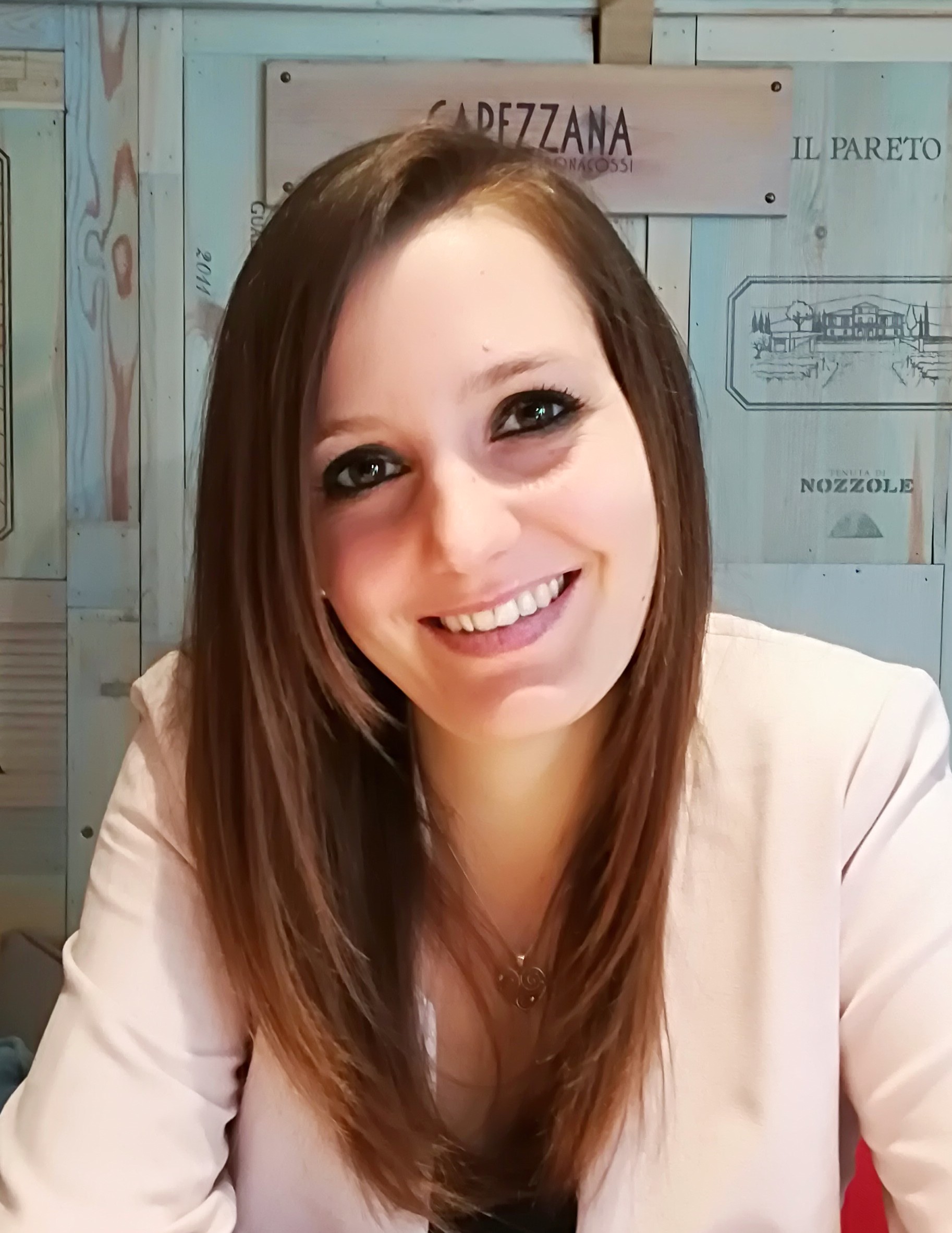
Dr. Sylvain Calinon (Idiap Research Institute, Switzerland)
Sylvain Calinon received the Ph.D. degree in robotics from Learning Algorithms and Systems Laboratory, Ecole Polytechnique Fédérale de Lausanne (EPFL), Lausanne, Switzerland, in 2007. He is a Senior Researcher at the Idiap Research Institute, and a Lecturer at the EPFL. From 2009 to 2014, he was a Team Leader at the Department of Advanced Robotics, Italian Institute of Technology. From 2007 to 2009, he was a Postdoc at EPFL. Dr Calinon is the author of 100+ publications in robot learning and human-robot interaction, with recognition including Best Paper Awards in the journal of Intelligent Service Robotics (2017) and at the IEEE Ro-Man’2007, and Best Paper Award Finalist at ICRA’2016, ICIRA’2015, IROS’2013 and Humanoids’2009. He currently serves as an Associate Editor in IEEE Transactions on Robotics and IEEE Robotics and Automation Letters.
